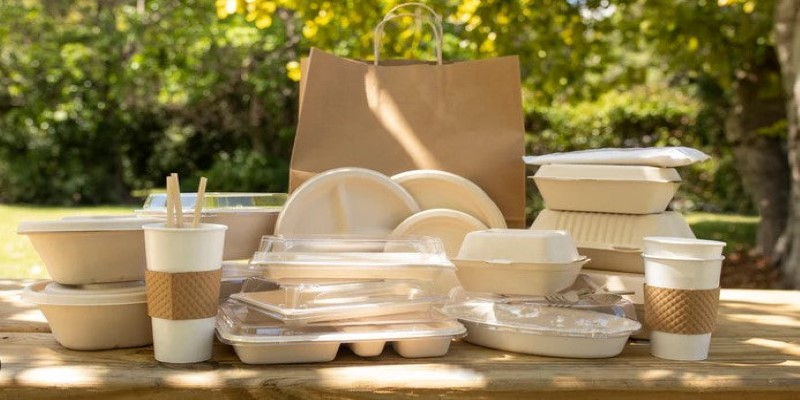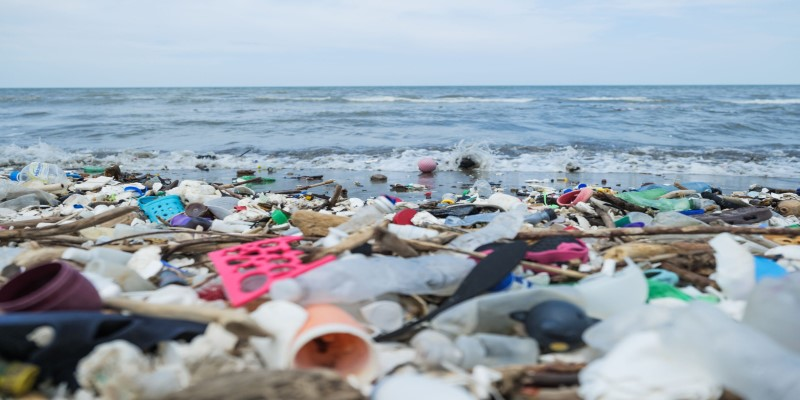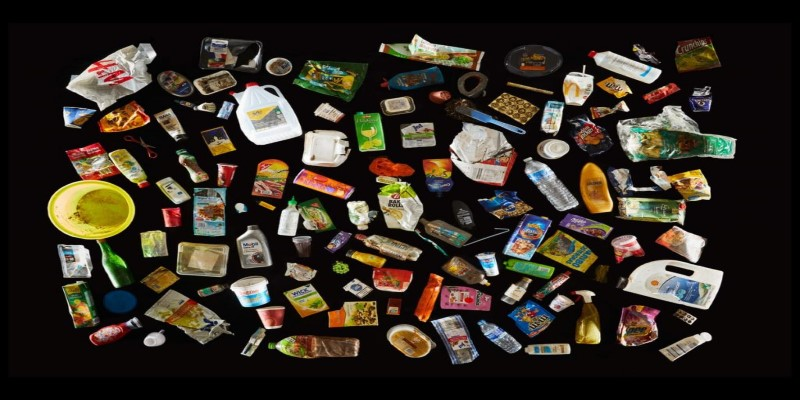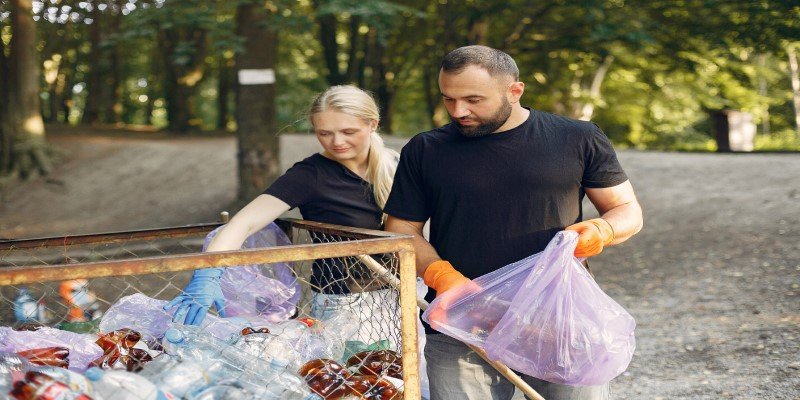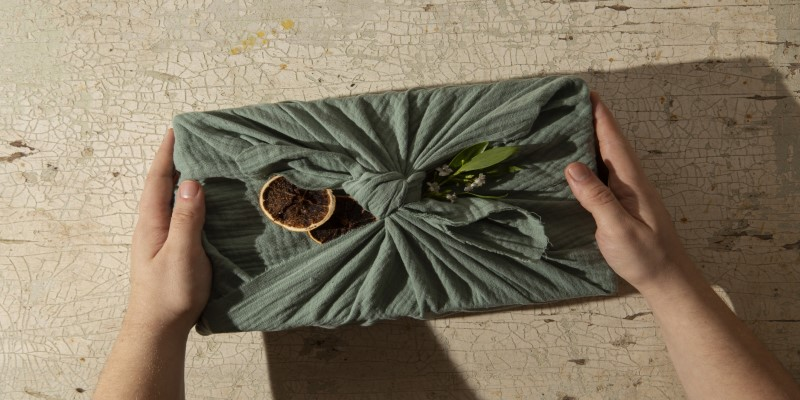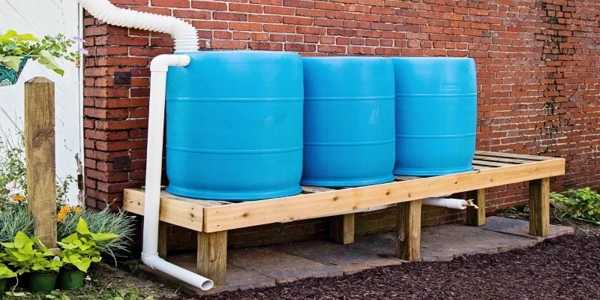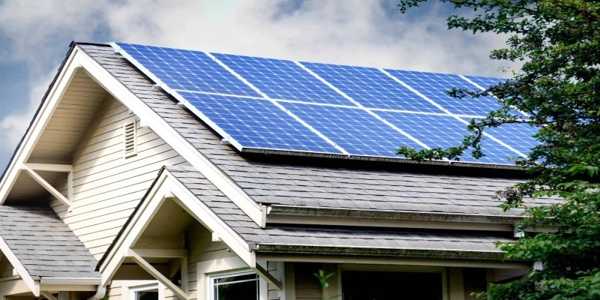The Role Of Biodegradable Packaging In Reducing Waste
Biodegradable packaging is becoming an increasingly important part of the conversation around waste management and environmental sustainability. As consumers and industries grapple with plastic waste's growing environmental impact, biodegradable options present a potential solution. This article explores the role of biodegradable packaging in reducing waste, the various materials used, its impact on the environment, and the challenges it faces in replacing traditional packaging.
Understanding Biodegradable Packaging
Biodegradable packaging refers to materials that can break down naturally through the action of microorganisms such as bacteria, fungi, and algae. Unlike conventional plastics, which can take hundreds or even thousands of years to decompose, biodegradable packaging is designed to break down within a reasonable timeframe—usually months to a few years—depending on the material and environmental conditions.
The key advantage of biodegradable packaging is its ability to degrade into natural elements, reducing the long-term environmental burden. This contrasts sharply with non-biodegradable materials like plastics, which persist in the environment for decades, contributing significantly to pollution in oceans, rivers, and landfills.
Materials Used In Biodegradable Packaging
Several materials are used to produce biodegradable packaging, each with its advantages and challenges. These materials fall into two broad categories: plant-based and petroleum-based biodegradable plastics.
Plant-Based Biodegradable Plastics
These are made from renewable plant resources like cornstarch, sugarcane, or potato starch. A well-known example is polylactic acid (PLA), which is derived from corn or sugarcane. PLA is compostable and can break down into non-toxic substances under the right conditions. Other materials, like polyhydroxyalkanoates (PHA), are also produced by bacteria from plant sugars, offering a biodegradable alternative to traditional plastics.
Petroleum-Based Biodegradable Plastics
These are derived from petrochemicals but are designed to break down faster than conventional plastics. Polybutylene succinate (PBS) and polycaprolactone (PCL) are examples of such materials. While they may degrade more quickly than standard plastics, they still depend on fossil fuels for production, raising concerns about their overall sustainability.
Compostable Materials
Compostable packaging is a specific subset of biodegradable packaging. Materials like bagasse (sugarcane pulp) or bamboo fibers are commonly used for single-use items like take-out containers and plates. These materials not only break down quickly but also contribute organic matter to the soil, making them an environmentally friendly choice for products that don’t need to last long.
The Environmental Impact Of Biodegradable Packaging
The most significant benefit of biodegradable packaging is its reduced environmental impact, particularly in comparison to traditional plastics. The accumulation of plastic waste has become one of the most pressing environmental issues of the 21st century. Every year, millions of tons of plastic end up in oceans and landfills, harming wildlife and ecosystems.
Biodegradable packaging helps mitigate these environmental risks in several ways. First, it reduces the waste volume that must be managed through landfilling or incineration. Since biodegradable materials break down naturally, they don’t contribute to long-term landfill buildup. Second, biodegradable packaging is generally non-toxic, so it won’t leach harmful chemicals into the environment as it decomposes, unlike some plastics that can release hazardous substances.
Moreover, when disposed of properly, biodegradable packaging can contribute to organic waste recycling processes like composting. Composting biodegradable packaging materials enriches the soil, helping to reduce the need for chemical fertilizers and promoting healthier ecosystems.
Challenges To The Widespread Adoption Of Biodegradable Packaging
Despite its clear benefits, the adoption of biodegradable packaging faces several hurdles. One of the main challenges is cost. Producing biodegradable materials can be more expensive than conventional plastics, primarily due to the cost of raw materials and manufacturing processes. This can make it difficult for businesses, particularly small and medium-sized enterprises, to switch to biodegradable options without passing on higher costs to consumers.
Another challenge is the infrastructure required for proper disposal. Biodegradable packaging needs specific conditions to break down effectively, such as temperature, moisture, and microbial activity. In most cases, this process happens in commercial composting facilities, which are not available everywhere. In regions where such facilities are lacking, biodegradable packaging may still end up in landfills or the natural environment, where it may not degrade as quickly as expected.
The confusion surrounding "biodegradable" vs. "compostable" also presents an issue. While both terms refer to materials that break down naturally, compostable items typically require industrial composting facilities with controlled conditions. Consumers and businesses may be unclear about how to dispose of biodegradable and compostable products properly, which can hinder their effectiveness in reducing waste.
Additionally, there is growing concern about the environmental impact of certain biodegradable materials, particularly those made from plant-based resources. For example, the large-scale cultivation of crops like corn and sugarcane for packaging production may contribute to deforestation, land degradation, and the depletion of water resources. Furthermore, some biodegradable plastics are not entirely free from fossil fuels, meaning their carbon footprint may still be considerable.
The Role Of Biodegradable Packaging In Reducing Single-Use Plastics
One of the most significant areas where biodegradable packaging has shown promise is in reducing single-use plastics. Items like food containers, straws, and cutlery, which are commonly made from plastic, can be replaced with biodegradable alternatives. Given the growing global movement to curb plastic pollution, biodegradable packaging is seen as a key part of the solution to reducing single-use plastic waste.
In industries like food service and retail, where packaging plays a crucial role in convenience, the transition to biodegradable alternatives offers a viable solution for businesses looking to reduce their environmental impact. Biodegradable packaging helps brands meet increasing consumer demand for eco-friendly products while also complying with tightening regulations on plastic use.
Consumer Awareness And Behavior
Public awareness of environmental issues, including plastic waste, has been steadily increasing, and consumers are demanding more sustainable alternatives. However, for biodegradable packaging to reach its full potential, consumers must understand the benefits and proper disposal methods for these materials. Education campaigns, clear labeling, and collaboration between producers, retailers, and local governments can help ensure that biodegradable packaging is used responsibly and has the desired environmental impact.
Consumers are also becoming more discerning about the materials used in packaging, demanding transparency from brands about their sourcing, production processes, and disposal options. As consumer behavior continues to shift toward sustainability, businesses are under increasing pressure to adopt greener practices and biodegradable packaging is often seen as a key step in this direction.
Future Prospects And Innovations
Looking forward, the future of biodegradable packaging looks promising. Advancements in material science and biotechnology are expected to yield more efficient and cost-effective alternatives. Research into bioplastics made from algae, fungi, and other renewable resources is ongoing, with some innovative startups already working on packaging that biodegrades in both landfills and marine environments.
Additionally, the development of packaging that can break down without the need for industrial composting facilities could expand the impact of biodegradable materials, allowing them to degrade more easily in natural environments. This would address some of the disposal challenges associated with current biodegradable materials.
Governments, industries, and environmental organizations are likely to continue pushing for regulatory frameworks that incentivize the use of biodegradable packaging while addressing concerns about material sourcing, disposal infrastructure, and end-of-life options. As technology improves and consumer demand grows, biodegradable packaging could play an even more central role in the fight against waste and pollution.
Conclusion
Biodegradable packaging holds significant promise as a tool for reducing waste, particularly in the context of growing plastic pollution. While there are challenges to its widespread adoption, including cost, infrastructure, and material sourcing concerns, its potential environmental benefits are clear. By replacing harmful single-use plastics and contributing to more sustainable waste management practices, biodegradable packaging is a step in the right direction for businesses and consumers alike. As technology advances and consumer behavior shifts, biodegradable packaging will likely play an even more central role in reducing the global waste burden.
